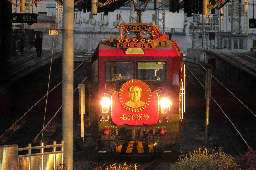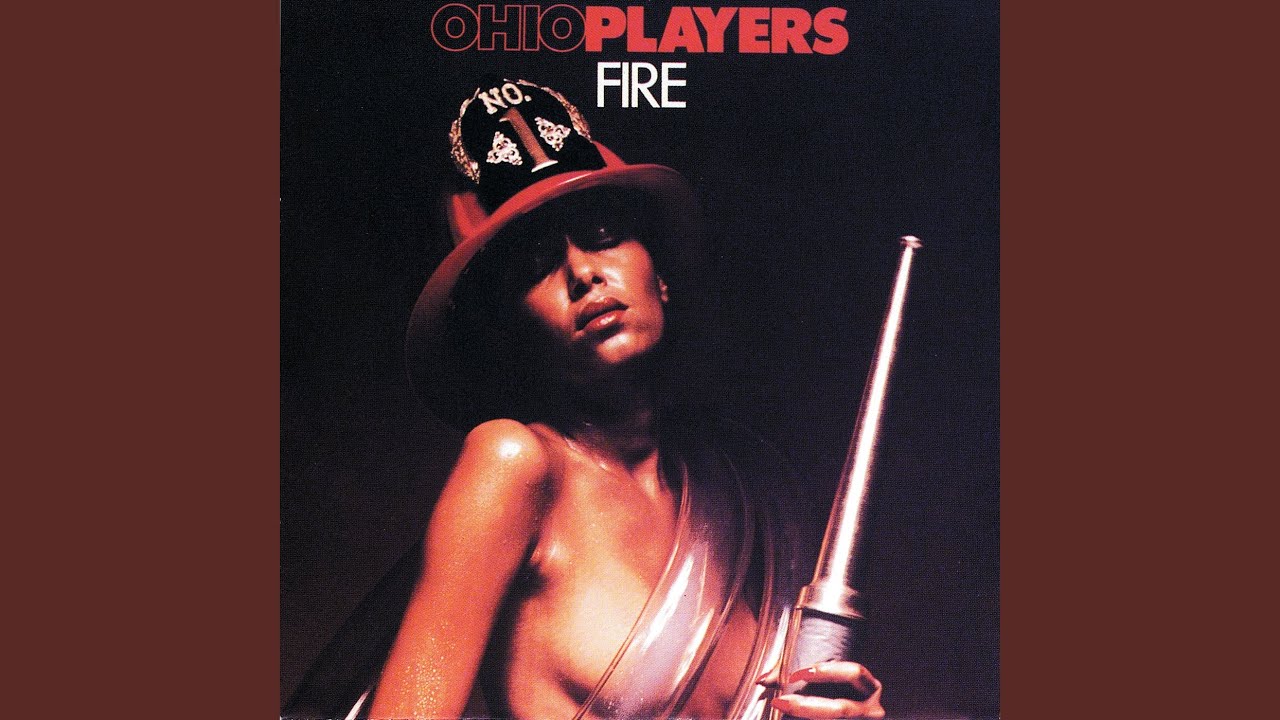InevitableSwing [none/use name]
…
- 28 Posts
- 10 Comments

 9·1 month ago
9·1 month agoI was on the CNN page for Milton and they had an update about what looked like a very out of place photo. I thought was a gigantic British estate (What the fuck is that???) and it turned out to be the Biltmore. And that caused me to go to Wikipedia.

 10·1 month ago
10·1 month agoI think it’s for golf practice.

 18·1 month ago
18·1 month agoThanks. I hated it even though I only watched a few bits and pieces.
knockoff Robin Leach
Indeed.
A comment…
As someone who has driven past this house maybe 1,000 times, I can tell you IRL this place looks like a military compound or a museum, not a home.

 24·1 month ago
24·1 month agoTechnically speaking it doesn’t matter because the philanthropy wing is a carbon offset.

 9·2 months ago
9·2 months agoKamala could modernize the plan and have AI run everything for an even greater cost savings.
-–
Oops. Sorry, Mr. and Mr. Williams - aiBUS determined that your house was the freeway. You will be compensated for damage and the unfortunate loss of life of your two children.

 11·4 months ago
11·4 months agothe proposed city would likely cost the county billions of dollars…
Libertarians haven’t learned something fundamental from Civic Grifting 101. If you want to scam a city into spending billions of dollars for you - don’t offer them a utopia. Offer them a sports stadium.
HOA 3:16 “A mowed lawn is next to godliness.”
I’d love for somebody at a Christian HOA respond to the biblical notion that the “believers share their possessions”. But then again - their answer would probably be very boring. I bet they’d say bland like modern America is different from biblical times in the Holy Land. But they give their used clothes to the Salvation Army so that’s kind of the same thing.

 12·9 months ago
12·9 months agoLib: “Elections have consequences!”
Me: “Trump stays on the ballot everywhere. The court decided that 9-0. Could you repeat what you just said?”











Youtube has documentaries on Pruitt-Igoe. When it opened in 1954 in St. Louis, Missouri it was one of the largest public housing developments in the country. I’m American but I know very little about public housing. Still it seems to me the problem for a lot of public housing is that the funding dries up for maintenance, etc - especially as projects get larger. And then douchbags use the problems/failures as “proof” such projects can’t work.
Of course - some of the very same pols and insiders who killed funding are later the same ones crowing about pubilc housing being doomed to failure. And in today’s hyper-partisan environment - there’s clear bipartisan willingness to make public housing fail. The GOP does so proudly. The dems do so covertly.
For the quotations - I edited the text to create shorter paragraphs.
-–
Wikipedia. Full text for the 'decline' section
Pruitt-Igoe
The Wendell O. Pruitt Homes and William Igoe Apartments, known together as Pruitt–Igoe (/ˈpruːɪt ˈaɪɡoʊ/), were joint urban housing projects first occupied in 1954 in St. Louis, Missouri, United States. The complex of 33 eleven-story high rises was designed in the modernist architectural style by Minoru Yamasaki. At the time of opening, it was one of the largest public housing developments in the country.
It was constructed with federal funds on the site of a former slum as part of the city’s urban renewal program. Despite being legally integrated, it almost exclusively accommodated African Americans. Although initially viewed as an improvement over the tenement housing it replaced, living conditions in Pruitt–Igoe began to deteriorate soon after completion. By the mid-1960s it was plagued by poor maintenance and crime, particularly vandalism and juvenile delinquency.
Numerous initiatives to reverse the decline failed, and by 1970 more than two-thirds of the complex was vacant. Demolition of the complex began in 1972 with a televised implosion of several of the buildings. Over the next four years, the rest of the complex was vacated and demolished.
In the aftermath of its demolition, Pruitt–Igoe became a symbol of the failings of the society-changing aspirations of modernist architecture, as the project’s problems were widely attributed to architectural flaws that created a hostile and unsafe environment. Critic Charles Jencks described its demolition as “the day Modern architecture died”.
More recent appraisals have placed a greater emphasis on St. Louis’s precipitously declining population, and fiscal problems with the local housing authority. The Architectural Review states in a summary of the modern consensus that the project was “doomed from the outset”. As of 2024, a large portion of the Pruitt–Igoe site remains vacant, although new development is pending.
[…]
Decline
By 1958, just four years after the opening of the project, deteriorating conditions were already evident. Elevator breakdowns and vandalism were cited as major problems—Yamasaki later lamented that he “never thought people were that destructive”. Ventilation was poor during St. Louis’s hot and humid summers. Meanwhile, the St. Louis Housing Authority was in the midst of a decades-long problem with inefficient and costly maintenance of its buildings, partly attributed to the power of labor unions.
The stairwells and corridors attracted muggers, a situation exacerbated by the skip-stop elevators. Its location in “a sea of decaying and abandoned buildings” and limited access to shopping and recreation (ground-floor businesses had been eliminated from the design to save money, and the complex had no public mailbox) contributed to its problems. The huge, 11-story buildings of the development were reportedly a magnet for criminals and vagrants from the surrounding low-rise slums.
A 1959 audit reported that most of the vandalism was done by transients rather than residents, and a 1967 report similarly found that a “relatively large proportion” of crimes were committed by outsiders. Large criminal gangs were not common in the project. The Recession of 1958 led to increased crime, vacancy, and rent delinquency in the development, which cut into the housing authority’s revenue.
In response, the authority reduced maintenance by 10 percent, and the reduction in maintenance coupled with a grand jury report that criticized crime levels in Pruitt–Igoe caused a significant drop in applications to the development. Increasing vacancy rates set off a feedback loop where the loss of revenue from rent forced the housing authority to curtail maintenance, further reducing the project’s desirability.
Occupancy at both Pruitt and Igoe peaked in the first years, at 95 and 86 percent, respectively. In the 1960s, Pruitt remained about 75 percent full and Igoe 65 percent. In 1969, those numbers fell to 57.1 percent and 48.9 percent; at one point the vacancy rate was higher than any other public housing complex in the country. The annual turn-over rate was 20 percent.
After 1960, the rental income from Pruitt–Igoe failed to cover the cost of operation, forcing the housing authority to tap into its reserves and causing cutbacks at other developments, which were themselves profitable. Attempts by local authorities to improve living conditions were handicapped by lack of resources, though numerous programs, including the hiring of private security, rent incentives to attract new tenants, and grants for academic studies, were tried.
As the financial position of the authority worsened, it raised the minimum rent from $20 a month in 1952, to $32 in 1958, $43 in 1962, and $58 in 1968. The increases forced some families to devote as much as 75 percent of their income to rent. In addition to the rent increases, tenants were charged for basic services like replacing fuses and door locks. The rent increases were a major factor in a nine-month rent strike by tenants in 1969.
The strike began on February 2 at other public housing projects in the city and spread to Pruitt–Igoe by April 1. It ended with a settlement under which the board of commissioners of the housing authority resigned and tenant organizations were granted more influence. In 1965, the project received a federal grant to improve the physical condition of the buildings and establish social programs for residents, but the grant failed to reverse the decline.
Between 1963 and 1966 it was the subject of a sociological study by Lee Rainwater. In 1966, the Pruitt–Igoe Neighborhood Corporation commissioned a survey of the housing project that catalogued numerous issues with its maintenance, security, and management. Basic services like elevators and heating often failed, and maintenance sometimes took years to respond to tenant requests.
The withdrawal in 1967 of a private security force that patrolled the buildings led to a further escalation in crime and vandalism, which was partially attributed to the large number of juveniles in single-parent households; a census undertaken in September 1965 found that 69.2 percent of inhabitants were minors, and less than 30 percent of households with children had both parents present.
Teenage pregnancy and juvenile delinquency were considered major problems by the residents. Families at Pruitt–Igoe were large: the average household had four minors. Nearly half of births (and 73 percent of first-born children) were out of wedlock, though this statistic was no higher in Pruitt–Igoe than in nearby private housing.
In spite of the widespread issues, most inhabitants of Pruitt–Igoe continued to live ordinary lives, and, according to Rainwater and activist Joan Miller, “the vast majority … responded to their sick society in a healthy manner.” 78 percent of residents reported that they were satisfied with their apartment, and 80 percent said that Pruitt–Igoe met their needs “a little better” or “much better” than their previous place of residence.
The project contained isolated pockets of well-being throughout its worst years, and apartments clustered around small, two-family landings with tenants working to maintain and clear their common areas were often relatively successful.